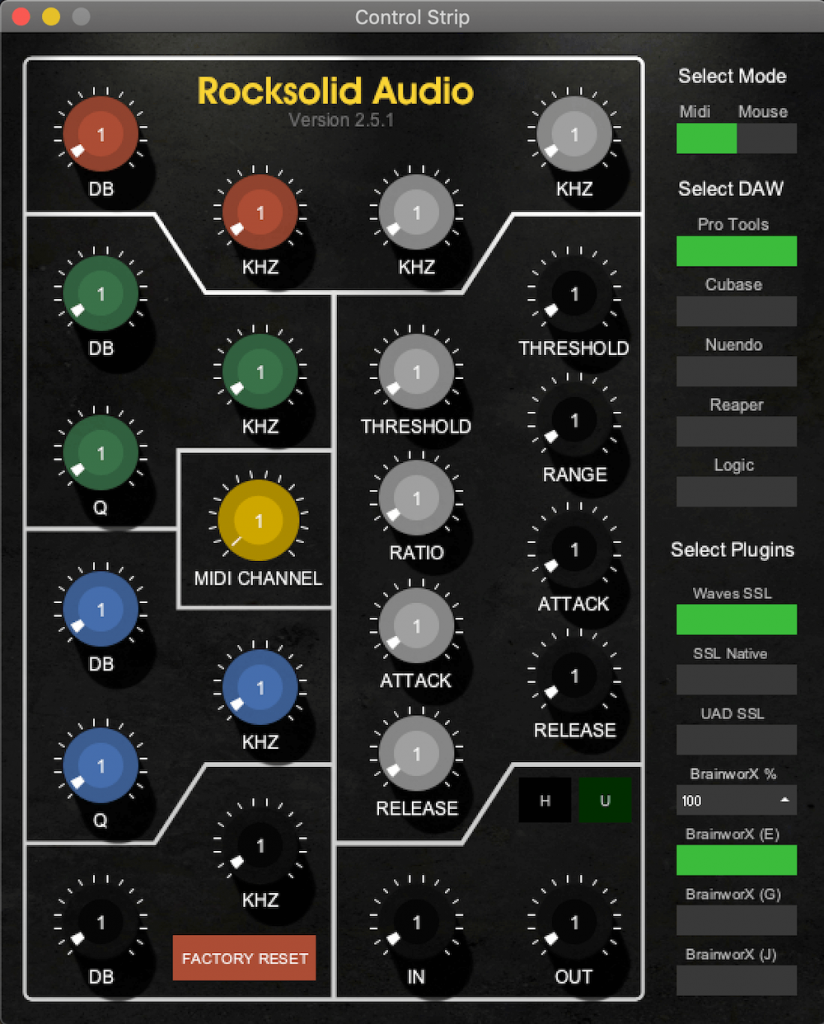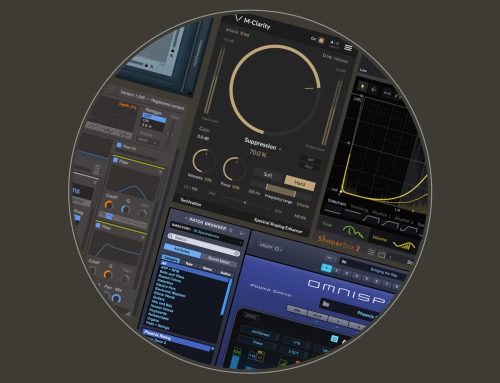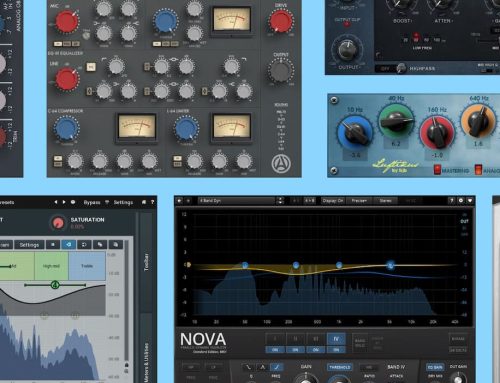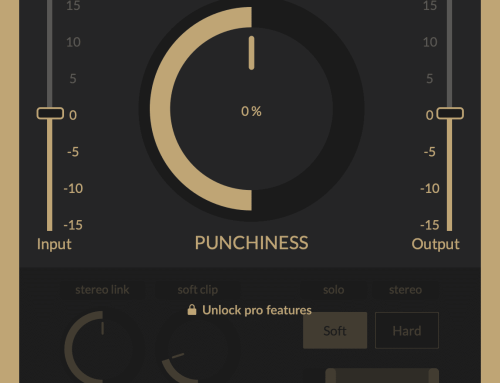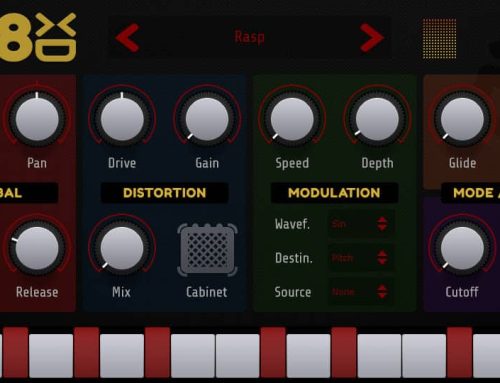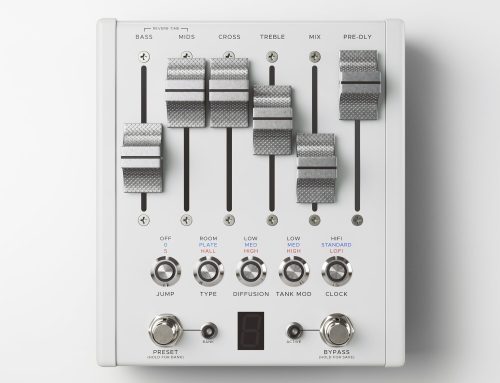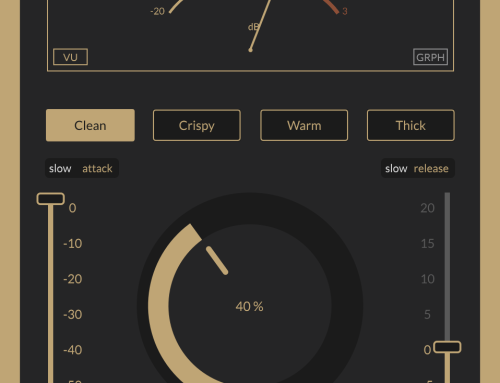This article reviews the Control Strip 2 from Rocksolid Audio – a new type of midi controller dedicated to SSL channel strip plugins only. What makes this particular device compelling is its price tag, ability to operate across DAWs fluently, and support for third-party Native and otherwise SSL channel strip plugins.
Before we dive deep into the nerdy tech talk, we should discuss the current state of the MIDI controller market and how we’ve ended up here. That will give us some insight into how and why Control Strip 2 was created.
A Path Of MIDI Frustration
Ever since man went in the box, he’s been trying to feel like he’s out of it. All the irony aside, DAW controllers have been around for almost as long as we’ve had software replacing tape machines. Until recent years these controllers were mainly focused on the rudimentary functions of DAWs like moving faders, panning, and navigation.
Few digital workstations, which allowed modern midi mapping, made it possible for the more patient people to use odd & alien-looking devices with their plugins. The more closed systems like Avid’s Pro Tools remained a reasonably restricted area, though. That meant that the market for plugin controllers never really took off, and companies didn’t develop anything breathtaking until now.
It’s only in the last half a decade that we started seeing a more appropriate response to plugin control, and it began with the Softube Console 1. These were the first-ever midi controllers dedicated to plugins that visually resembled a channel strip and made practical sense.
We had one, used it (with Pro Tools), and for the most part – we loved it. However, we found that it was yet another closed system that required its own software – a plugin within the plugin type of workflow. Methods like these allow manufacturers to integrate their devices within other closed systems and provide a doorway for extra software sales. Those of us who swear by speed and efficiency or are unwilling to purchase more software can find this time-consuming, limiting, costly, and at times – frustrating. Not to mention the extra load on our CPUs.
We at Musixon have been waiting for a long time to see a controller that would bypass all the frustrations and limitations of the current midi protocols. A device that would not require any plugins purchases and will work with the ones we already own across DAWs. That controller is finally here, and it’s the Control Strip 2 by Rocksolid Audio.
The Rocksolid Audio Control Strip 2
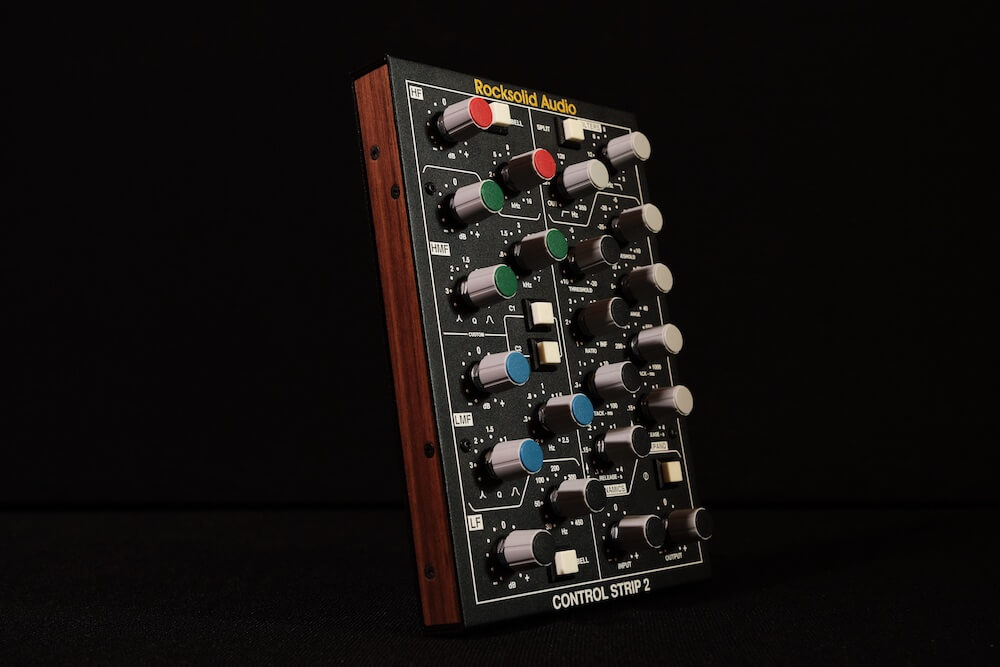
Matthew Felton, a London-based live-sound engineer, founded Rocksolid Audio by first developing a midi controller for himself. His device was born out of necessity and not his desire for business. In his early days of development, he too was struck by the heavy hammer of corporation stubbornness and closed MIDI eco-systems, which forced him to look elsewhere for a solution.
Matthew developed what he now calls – Mouse Mode. A simple software app for Windows and macOS running in the background and allowing his controller to be recognized by the computer as a mouse – simple, elegant, and practical.
We contacted him and got one of his Third Gen controllers for testing. The device looks like an SSL E-series channel strip. It’s small and light with slightly larger and more spaced-out knobs than a real SSL channel strip, with a layout resembling a plugin.
When used in MIDI mode, it operates like any other device. It allows for user MIDI mapping on DAWs that support it and works just fine. When used in Mouse mode – the device turns into a glorified mouse. The latter mode is the main reason we’re reviewing the machine, so we’ll shift the focus of this article to it.
The concept in Mouse mode is pretty simple – instead of having to load a mother plugin and within it load SSL channels strips, all we have to do is launch any of the plugins from the list below, and we are good to go. As long as the plugin we are trying to control is the last element we’ve clicked on, Control Strip 2 takes control of its parameters and assigns them to its pots & knobs.
Supported SSL plugins (as of August 2021):
• Waves SSL Channel E & G
• SSL Native Channel
• Brainworx SSL Channel E, G, J & N • UAD SSL Channel
• CLA Mixhub
Build
The device we received features an all-metal faceplate with wooden side panels nicely tucked under. It’s light but, when placed on a flat surface, feels sturdy and well-made. The knobs resemble SSL, while the pots are nicely weighted and have little to no wiggle room.
The device features only one USB port at the back and is bus-powered. We found it incredibly power efficient as it didn’t put any noticeable strain on our Mac mini.
Software
The Control Strip 2 requires 2 pieces of software for setup and operation, both downloadable from https://rocksolidaudio.co.uk. One determines the mode of operation, while the other is only necessary for Mouse mode and provides a bridge between the device and the computer.
Matthew told us that in 2021 we’ll see an all-new redesigned control hub app that will unify the first two. It will give us more mapping options for plugins and will further simplify the setup.
In Use
The Control Strip 2 worked as advertised, with no bugs, lags, or otherwise negative surprises. As we mentioned before, for the knobs to be active, one must first click on their plugin with a regular mouse and then control it with the device. The pushbuttons operate smoothly and can even be pressed 2-3 at a time for when you want to bypass both the compressor and EQ sections simultaneously.
The knobs, however, can not operate smoothly when moved two at a time. In Mouse mode, when turning any knob, the actual mouse on the screen goes to the respected knob and moves it up or down, so we can only operate one knob at a time. That did not feel like a downgrade, as any standard mouse operates in the same way.
Some of the knobs, like the frequency and level selectors, can be pressed down for a unity position. That is a nice touch that comes straight from the digital world and can be helpful.
Another little extra of the knobs is that when turned slowly, they enter into a more precise mode similar to holding “Cmd” and moving the mouse. When rotated faster, the knobs move the mouse on the screen much faster and in bigger jumps.
Other than that, there’s not much else to say for the Control Strip 2. It looks good, its build is rock-solid, and most importantly – it works flawlessly across DAWs and operating systems. To avoid counting the screws on the chassis to give you a more in-depth article, I’d instead give you my perspectives on how this device impacted my workflow.
Workflow
Using Our Eyes or Using Our Ears
The only downside (or upside, depending on what type of user you are) of the Control Strip 2 is the lack of LED indications. That might seem insignificant, but it has a rather huge impact on the workflow. You see, not having LED indications on the device means we either have to be looking at our monitor screens or looking down at the controller, entirely relying on our ears.
For those who are entirely ITB, the most significant advantage in our workflow is the monitor screen. It can display the most information at once than any LED on a controller. Using the Control Strip 2 as a secondary mouse allows us to keep our eyes on the screen, which speeds up the workflow.
For those of us wanting to look at the device and away from our screen, the Control Strip 2 can be the ultimate ear trainer. The lack of LED indications means we can focus entirely on what we’re hearing and base our decisions on intuition. When doing so, we found the experience closer to an SSL console than any other controller. Anyone who’s spent some time in front of those giant beasts, especially the old G-series, knows how small their knobs are. Furthermore, their dynamic and EQ sections are at the top, so reaching them is a stretch, in which the user is often not able to see the writing indications on the desk and has to trust their ears entirely.
A Piece With a Purpose
In the analog world, we often see each piece of gear as a particular tool that does one job at a time. Some people see their gear as different colors in a painter’s palette. Others see it as flavors and spices in a chef’s kitchen. That is how we navigate quickly through a busy studio – we associate different pieces of gear with different colors, flavors, feelings, and outcomes.
An 1176 compressor can only do what an 1176 compressor can do. To state the obvious – its knobs can’t control the EQ curves of a Pultec EQP. This is an essential part of an OTB engineer that MIDI-controller manufacturers don’t talk about when selling their products. In practice, controlling the parameters of multiple different types of processors with the controls of one device can be more confusing than helpful for those with hardwired OTB habits.
As a hybrid engineer, I’ve tried many MIDI controllers that would get me closer to my familiar experiences with analog gear, but they all failed for that particular reason. They were trying to control too many things simultaneously and didn’t feel like they had specific purposes. This is where I believe the Control Strip 2 shines. It’s a device with very specific functionality – SSL channel strips. When placed amongst other analog gear, the controller blends seamlessly.
The Future Of Midi Controllers
I believe purpose-specific MIDI controllers are the future of this market, or at least those that control analog gear emulations. They are easier to use, and when entering your workflow, they don’t disturb it but rather enhance it.

Solid State Logic must be agreeing with my statement as we just saw their release of the UC1. This controller is the only alternative to the Control Strip 2 available on the market. It’s twice the price, has more controls, and is overall more advanced technologically. The UC1 is, however, restricted to only SSL plugins and can not operate third-party software, which is where the Control Strip 2 has the upper hand.
Matthew, from Rocksolid Audio, has a strong vision for the future and is working on it in full effect. We might see his company release controllers for other channel strips like API or Neve soon. They will probably have rack-mountable versions, which would make them blend amongst analog gear in a setup even better. He also shared plans for a modular system, where multiple controllers might share one USB cable.
The inventor is also looking into potentially building a service that could facilitate user-to-user product customization. In other words: if ever you need a controller for a specific plugin, you contact Rocksolid Audio. Next thing you know – the courier knocks on your door with a device.
“I just want to build controllers, which people are going to use rather than just collect dust on their desks…”
– Matthew Felton interview, Rocksolid Audio
His upcoming 2021 Control Hub app is set to eventually allow custom Mouse Mode mappings. That could potentially allow users to map their controllers to other non-SSL plugins. And for those without the OTB habits mentioned above – that could be a game-changer. This feature wouldn’t be in the traditional midi mapping format, where the user does it from scratch, but it will be more like “hacking the controller,” as Mathew refers to it. His vision is to send users custom mapping templates for requested plugins, which the user would then “hack” and tweak.
Conclusion
The Rocksolid Audio Control Strip 2 is a fantastic device. It’s a new type of controller that introduces a simple and elegant solution to a frustrating problem in traditional controllers. It works across systems flawlessly and is only the beginning of a new era of midi controllers.
If you are looking for an inexpensive way (280GBP/380USD) to control your existing SSL channel strip plugins and are not interested in buying into more closed systems – the Control Strip 2 may just be for you.




